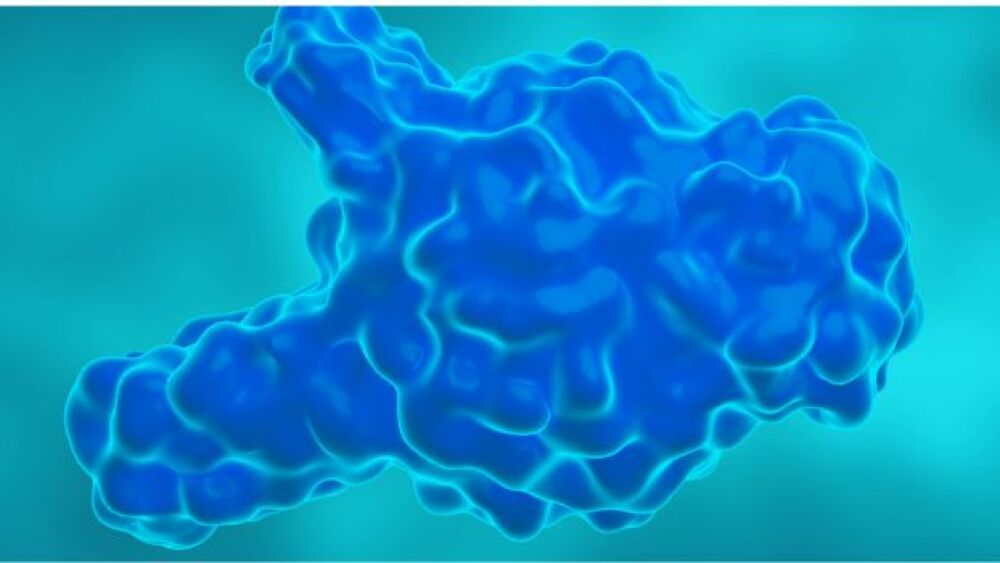Eiger BioPharmaceuticals, Inc. (Nasdaq:EIGR), focused on the development and commercialization of targeted therapies for serious rare and ultra-rare diseases, today announced that the European Medicines Agency (EMA) has completed its
| PALO ALTO, Calif., April 27, 2020 /PRNewswire/ -- Eiger BioPharmaceuticals, Inc,. (Nasdaq:EIGR), focused on the development and commercialization of targeted therapies for serious rare and ultra-rare diseases, today announced that the European Medicines Agency (EMA) has completed its validation of the Marketing Authorization Application (MAA) for lonafarnib to treat Hutchinson-Gilford Progeria Syndrome (HGPS or Progeria) and Progeroid Laminopathies. Validation of the MAA confirms that the submission is accepted and starts the formal review process by the EMA’s Committee for Human Medicinal Products (CHMP). The EMA previously granted an accelerated assessment of the MAA. Lonafarnib is a well‐characterized, first-in-class, oral inhibitor of farnesyltransferase. A study published in JAMA 2018 demonstrated an 88% reduction in the risk of mortality in patients with Progeria treated with lonafarnib monotherapy. The most commonly reported adverse events are gastrointestinal in nature. Many patients with Progeria have received continuous lonafarnib therapy for greater than 10 years. There is currently no approved therapy for Progeria or Progeroid Laminopathies. “Validation of the MAA combined with accelerated assessment from the EMA represents another major step toward the anticipated approval of lonafarnib in Progeria and Progeroid Laminopathies,” said David Cory, President and CEO of Eiger. “We look forward to working with the Progeria community, including The Progeria Research Foundation (PRF) and Progeria Family Circle (PFC), to bring the first approved treatment to children and young adults with Progeria and Progeroid Laminopathies.”
About Progeria About Progeroid Laminopathies About Lonafarnib Lonafarnib blocks the farnesylation of progerin and has been dosed in over 90 children with Progeria at Boston Children’s Hospital in Phase 1/2 and Phase 2 studies. In patients with HGPS, lonafarnib monotherapy was associated with a lower mortality rate after 2.2 years of follow-up compared with no treatment (3.7% vs 33.3%, respectively) with a hazard ratio of 0.12 or a reduction in risk of mortality of 88% (JAMA 2018). Lonafarnib has been granted Orphan Drug Designation for Progeria by the FDA and EMA and Breakthrough Therapy Designation and Rare Pediatric Disease Designation by the FDA. Lonafarnib is not approved for any indication, and is licensed by Eiger from Merck Sharp & Dohme Corp. About The Progeria Research Foundation About Progeria Family Circle The Progeria Family Circle (PFC) is a European patient network, founded in 1997, supporting children and young adults with Progeria and their families on a European level. The PFC consists of a network of parents and experts in Europe, visiting medical congresses to keep informed about research developments in Progeria. The PFC goal is to support better and faster recognition of symptoms of Progeria, raise awareness for a better acceptance of Progeria children and young adults in public communities, provide opportunities for families to meet each other through many annual reunions throughout Europe, and offer other necessary and permanent support for families with children with Progeria. For more information, please visit www.progeriafamilycircle.blogspot.com . About Eiger Eiger has completed an NDA and MAA submission for lonafarnib for the treatment of Hutchinson-Gilford Progeria Syndrome (HGPS or Progeria) and Progeroid Laminopathies. Eiger has also established a global Managed Access Program, expected to span greater than 40 countries, to ensure all children and young adults with Progeria and Progeroid Laminopathies have access to treatment. The company’s lead program is in Phase 3, developing lonafarnib, a first-in-class oral prenylation inhibitor for the treatment of Hepatitis Delta Virus (HDV) infection. The company is also advancing peginterferon lambda, a first-in-class interferon, toward registration for the treatment of HDV. For additional information about Eiger and its clinical programs, please visit www.eigerbio.com. Note Regarding Forward-Looking Statements These statements concern product candidates that have not yet been approved for marketing by the U.S. Food and Drug Administration (FDA). No representation is made as to their safety or effectiveness for the purposes for which they are being investigated. Various important factors could cause actual results or events to differ materially from the forward-looking statements that Eiger makes, including the risks described in the “Risk Factors” sections in the Annual Report on Form 10-K for the year ended December 31, 2019 and Eiger’s subsequent filings with the SEC. Eiger does not assume any obligation to update any forward-looking statements, except as required by law. Investors and Media: Sri Ryali
SOURCE Eiger BioPharmaceuticals, Inc. | ||
Company Codes: NASDAQ-NMS:EIGR |





